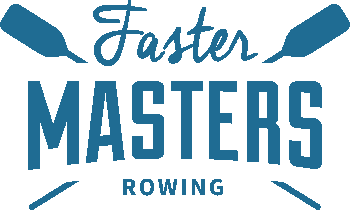How is rowing going for you? What’s it like elsewhere in the world? Learn more from our survey report. If you would like the anonymised raw data, get in touch.
Key findings
Most masters have been rowing over 10 years and started rowing either at school/university or began over age 40.
The average spend on rowing per year is between US$500 to $2,000 with a significant group spending $4,000 or more each year.
There is some alignment between training effectiveness and rowing budget, those who invest the least get the worst results. Masters who train between 2-4 days a week report results between mixed, OK and good results in the past year.
Training frequency on land and water is consistent from summer to winter.
55% of masters follow a training programme. 39% do not plan their training.
Nearly 40% of masters row a single, 25% use the erg and many do crew boats as well. Weights, body conditioning, yoga, gym and cross training are the most popular land training choices.
Download the State of Masters Rowing 2022 report.
A quarter of masters don’t get coached
The most shocking finding is that half of all masters rowers either do not get coached or get coaching once a month or less.
Going on camp is popular with most choosing to go to improve technique or for race preparation. 60% of respondents plan on going to camp during 2022.
Covid affected masters rowing
The pandemic affected rowing clubs postiviely and negatively – 30% reported a growth in members and 22% lost members compared to pre-pandemic yeas. Learn to row classes continue to be popular with most clubs running between 1-3 courses a year and 40% of clubs had more students.
Student drop-out after learning to row is reported at between 50-70%.
Racing was badly affected by Covid with over 70% doing three or fewer races in 2021 and 2/3 reporting they raced less than in previous years. 50% of masters race 5 times a year normally.
Rowing data analysis
The majority of masters use data to analyse their rowing at least some of the time – only 25% report not collecting rowing data. Race results get more attention than training data by the very keen but 30% of masters don’t analyse race or training data (clearly some collect data and don’t analyse it). Over a quarter report uncertainty understanding what the data shows and 6% have technical issues interpreting rowing data.
Challenges for masters rowers
We asked respondents for the personal and club challenges – the biggest challenges for clubs are recruiting new members, fundraising, coaching and equipment. A strong second tier of answers include ‘getting people to row with’, finding time to row and getting support from the organization.
For personal challenges Coaching, injuries and age-related issues lead the responses. It is interesting that the detailed responses frequently reference learning rowing and sculling technique as a personal issue.
Covid has of course created challenges as well from weight gain, restrictions in the number of people allowed to row at one time and training frequency. Many people referenced training in singles as a change as a positive result of Covid.


